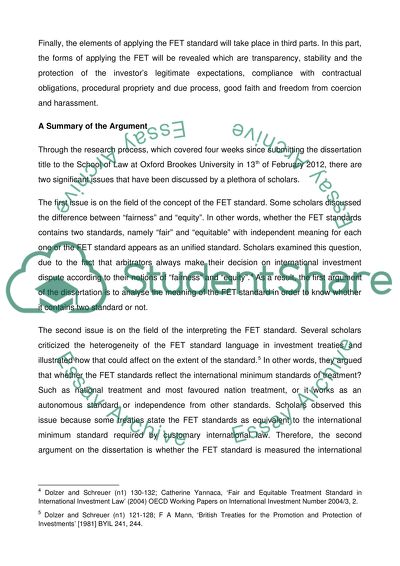Cite this document
(“Fair and Equitable Treatment on Foreign Investment and its Effects Essay”, n.d.)
Retrieved from https://studentshare.org/law/1396404-fair-and-equitable-treatment-on-foreign-investment-and-its-effects
Retrieved from https://studentshare.org/law/1396404-fair-and-equitable-treatment-on-foreign-investment-and-its-effects
(Fair and Equitable Treatment on Foreign Investment and Its Effects Essay)
https://studentshare.org/law/1396404-fair-and-equitable-treatment-on-foreign-investment-and-its-effects.
https://studentshare.org/law/1396404-fair-and-equitable-treatment-on-foreign-investment-and-its-effects.
“Fair and Equitable Treatment on Foreign Investment and Its Effects Essay”, n.d. https://studentshare.org/law/1396404-fair-and-equitable-treatment-on-foreign-investment-and-its-effects.


